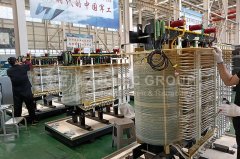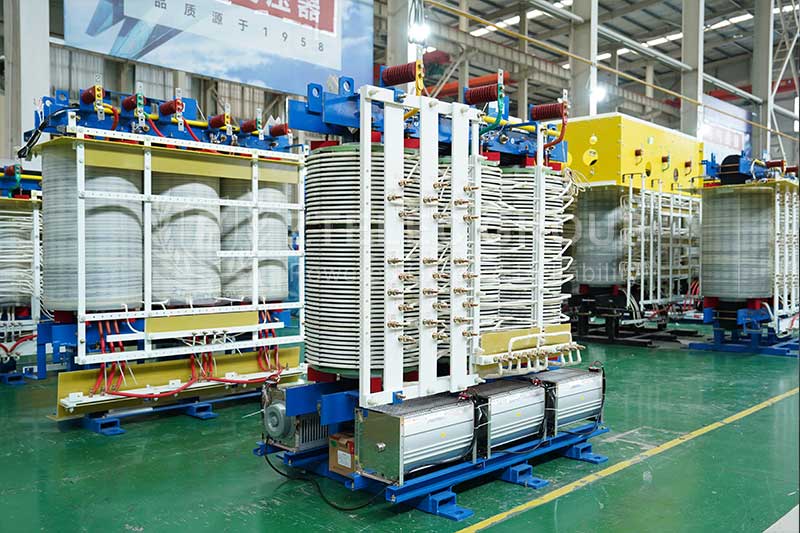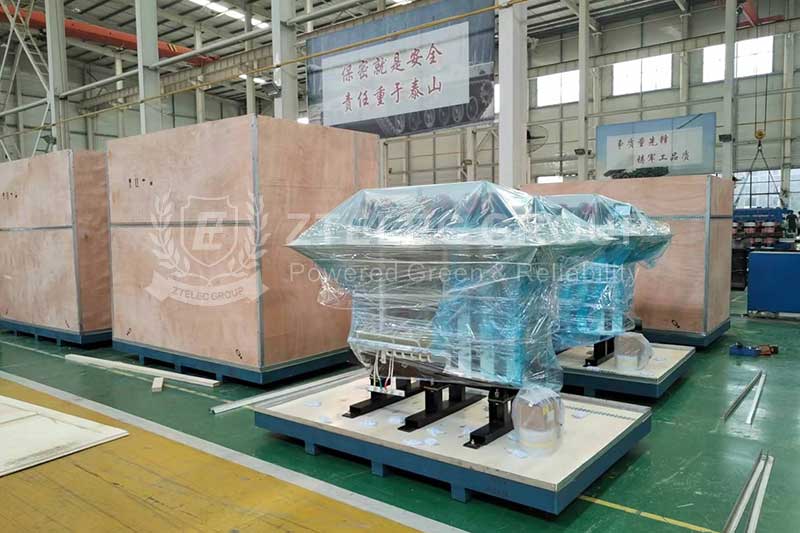Losses in Oil-Immersed Power Transformers: Mechanisms, Key Factors, and Mitigation Strategies
In the vast framework of the power system, oil-immersed transformers, as core hub devices, directly determine the economic operation cost and energy consumption of the entire power grid through their energy efficiency performance. With the intensification of the global energy crisis and the continuous upgrading of environmental protection standards, effectively reducing transformer losses has become a crucial issue that the power industry urgently needs to address.
Comprehensive Analysis of Loss Types in Oil-Immersed Transformers
The losses of oil-immersed transformers can mainly be divided into two categories: no-load losses and load losses.
No-Load Losses (Iron Losses)
No-load losses, also known as iron losses, are the energy losses generated when the transformer operates under no-load conditions at rated voltage. They mainly consist of hysteresis losses and eddy current losses. Hysteresis losses result from the repeated magnetization of the iron core material in an alternating magnetic field. The energy loss during this process is proportional to the area of the magnetic hysteresis loop of the iron core material. Eddy current losses, on the other hand, are the heat losses generated by the circulating currents induced in the iron core by the alternating magnetic field. The magnitude of these losses is closely related to the thickness and resistivity of the iron core.
Load Losses (Copper Losses)
Load losses, commonly referred to as copper losses, occur when the transformer is operating under load. They include winding resistance losses and additional losses. Resistance losses are the losses generated when current passes through the winding conductors. Additional losses encompass eddy current losses and stray losses caused by the leakage magnetic field. It is worth noting that load losses are proportional to the square of the load current and change with the load factor. Under rated load conditions, load losses usually far exceed no-load losses and constitute the main part of the total transformer losses.
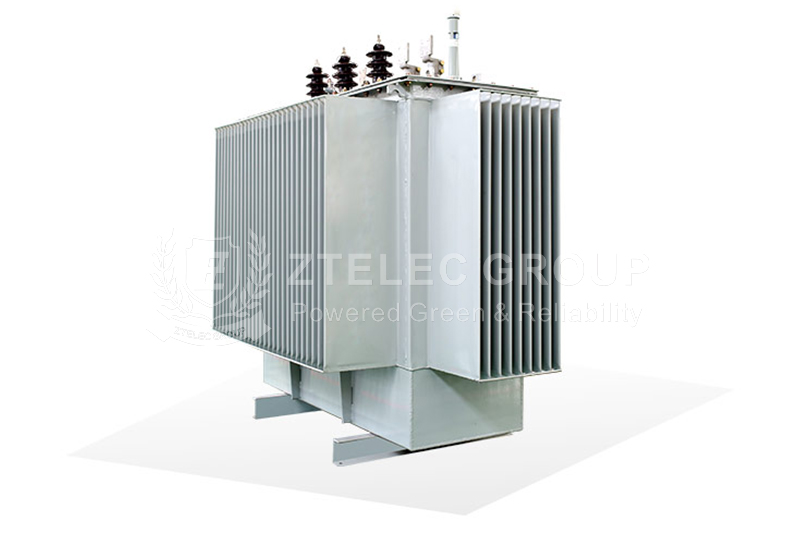
Key Factors Affecting the Losses of Oil-Immersed Transformers
Material Properties
Material properties are the fundamental factors influencing transformer losses. The magnetic permeability, hysteresis characteristics, and resistivity of the iron core material directly determine the magnitude of no-load losses. Silicon steel sheets with high magnetic permeability and low losses can significantly reduce hysteresis and eddy current losses. The resistivity and cross-sectional area of the winding conductors, meanwhile, determine the level of resistance losses. Using copper conductors with high electrical conductivity can effectively reduce load losses.
Design Parameters
Design parameters have a decisive impact on transformer losses. The cross-sectional area and magnetic path length of the iron core affect the magnetic flux density and magnetic resistance, thereby influencing no-load losses. In terms of winding design, the cross-sectional area, number of turns, and arrangement of the conductors directly affect resistance losses and additional losses. The design of the cooling system is closely related to the heat dissipation capacity of the transformer, which in turn affects the actual loss level during long-term operation.
Operating Conditions
Operating conditions are also important factors affecting transformer losses. Changes in the load factor can significantly alter the proportion of load losses in the total losses. Voltage fluctuations affect the working magnetic density of the iron core, thereby changing no-load losses. The ambient temperature not only impacts the heat dissipation of the transformer but also changes the resistance of the conductors, thus affecting the magnitude of losses. An increase in harmonic content will raise additional losses, especially high-frequency harmonics, which can generate significant eddy current losses in conductors and structural components.
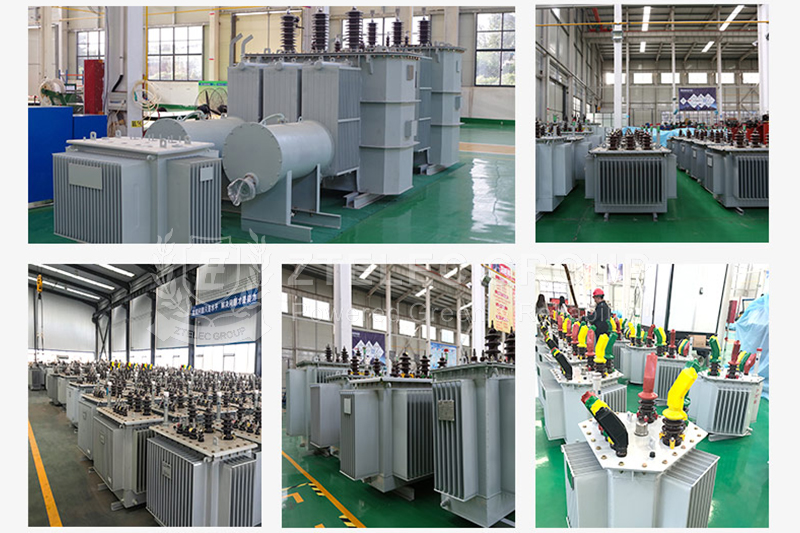
Effective Strategies for Reducing Losses in Oil-Immersed Transformers
Design Optimization
Design optimization is the primary measure to reduce transformer losses. Adopting a stepped lamination iron core structure can reduce the air gaps and magnetic resistance in the magnetic circuit, thereby decreasing no-load losses. Reasonably selecting the cross-sectional area of the iron core and the working magnetic density can minimize iron losses while ensuring performance. In winding design, optimizing the conductor cross-sectional area and the number of turns helps balance resistance losses and additional losses. Using transposed conductors and optimizing the winding arrangement can effectively reduce eddy current losses.
Selection of High-Quality Materials
Selecting high-quality materials is crucial for reducing losses. Using oriented silicon steel sheets with high magnetic permeability and low losses can significantly reduce iron losses. Improving the thermal conductivity of insulation materials helps reduce the operating temperature, indirectly reducing losses.
Improvement of the Operating Environment
Improving the operating environment is the key to effectively controlling actual losses. Maintaining a stable power supply voltage can avoid additional losses caused by over-excitation of the iron core. Reasonably controlling the load factor prevents the transformer from operating under long-term overload conditions. Optimizing the cooling conditions ensures the efficient operation of the heat dissipation system. Using on-load tap changers to adjust the voltage in a timely manner according to load changes can maintain the optimal operating state of the transformer.
Strengthening Maintenance Management
Strengthening maintenance management is an important guarantee for ensuring low-loss operation of transformers. Regularly conducting oil quality testing and filtration can maintain the performance and cooling effect of the insulating oil. Checking the condition of fasteners prevents additional losses caused by looseness. Real-time monitoring of the temperature distribution helps promptly detect and address local overheating issues. Establishing a complete loss monitoring system enables continuous tracking and recording of the energy efficiency trends of transformers.
- more+releated article
- 2025-04-23Revealing the Advantages of Dry-Type Rectifier
- 2025-04-22Phenolic paper sheet and phenolic cotton cloth
- 2025-04-22The Popularity of Dry-Type Transformers: Key R
- 2025-04-21FR5 vs. FR4 Epoxy Sheet: Which One Fits Your P
- 2025-04-21Dry-Type vs. Oil-Immersed Transformers: A Comp
- 2025-04-19Losses in Oil-Immersed Power Transformers: Mec
- 2025-04-19Why Choose FR5 Epoxy Sheet for High-Temperatur
- 2025-04-18Key points of oil-immersed transformer mainten
- 2025-04-18Lebanese Customers visit Zhongtian Electrical
- 2025-04-18The Features and Diverse Applications of FR5 E

